
Containers were a revolutionary jump ahead of virtual machines, and they continue to get faster, lighter and more secure in the years since.

Containers were a revolutionary jump ahead of virtual machines, and they continue to get faster, lighter and more secure in the years since.
In the realm of containerization, Docker has long been hailed as the go-to platform for developers....

Get your Docker Cheat Sheet as PDF or PNG. In this article, you learn how to write Dockerfiles, build images, and run them as container.

Introduction: The software development process has been transformed by the DevOps...
Optimizing Container Resource Allocation with Linux Control Groups
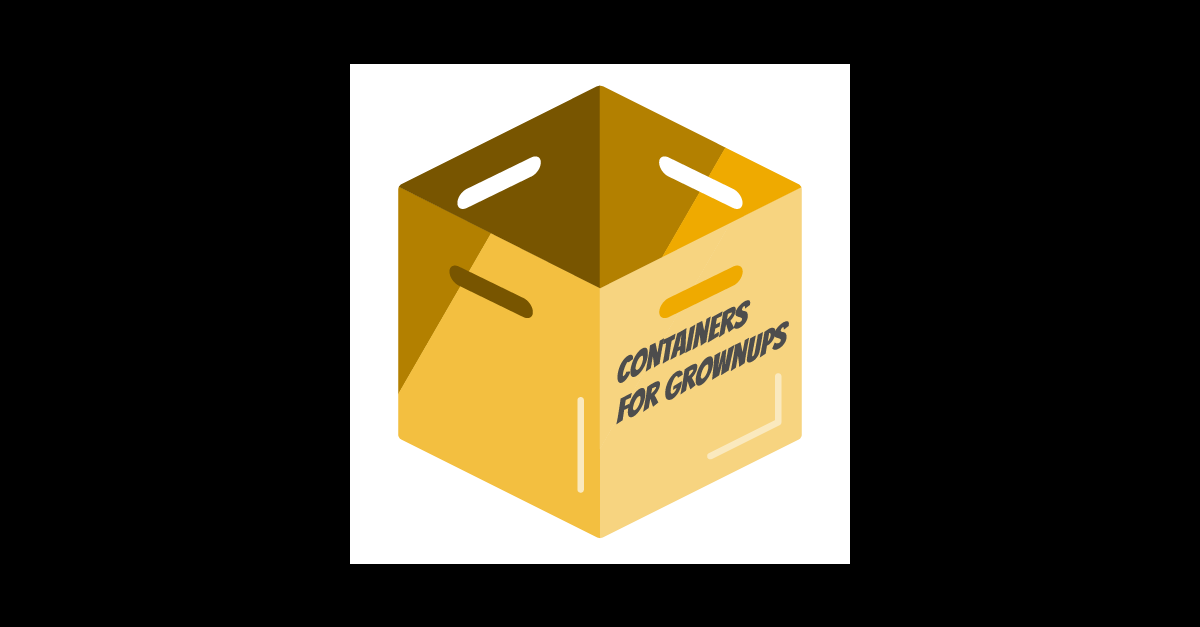
You might think containers seem like a pretty straightforward concept, so why do I need to read about container terminology? In my work as a container technology evangelist, I've encountered misuse of

Docker is a platform designed to help developers build, share, and run container applications. We handle the tedious setup, so you can focus on the code.

Modern application infrastructure is being transformed by containers. The question is: How do you get started?

Kubernetes is powerful, but that does not mean it’s the right choice for every team and every app. It is made to solve a certain set of problems.

Kernel-based Virtual Machine (KVM) is a free and open-source virtualization module in the Linux kernel that allows the kernel to function as a hypervisor. It was merged into the mainline Linux kernel in version 2.6.20, which was released on February 5, 2007. KVM requires a processor with hardware virtualization extensions, such as Intel VT or AMD-V. KVM has also been ported to other operating systems such as FreeBSD and illumos in the form of loadable kernel modules.
A consistent developer workflow to build, deploy, and release applications across any platform.
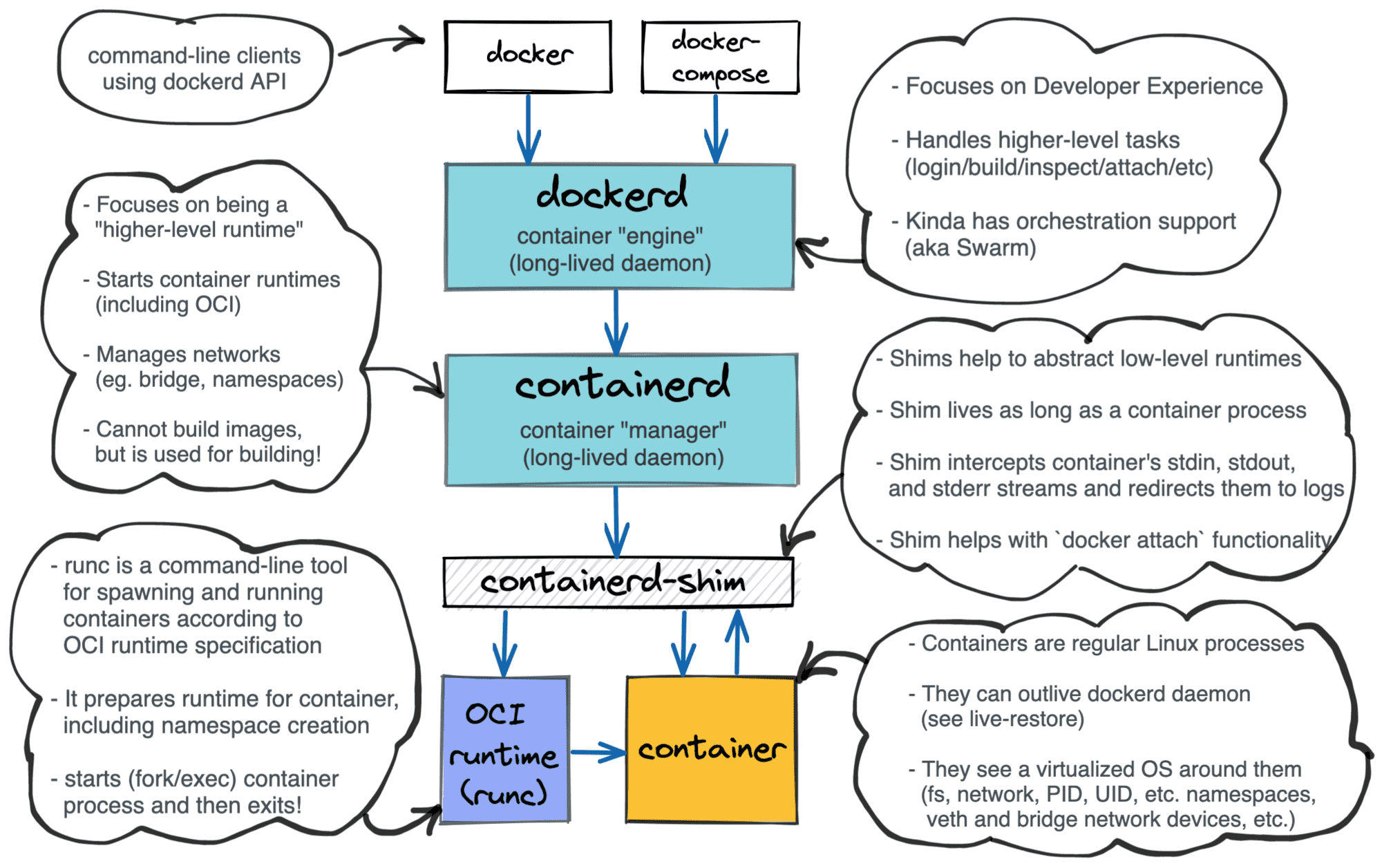
What is a Container? Container vs. VM? Docker vs. Kubernetes. How to organize the learning efficiently?

Firecracker “microVMs” combine the security of virtual machines with the efficiency of containers.

Read more on the Doximity Technology Blog about how our engineers and data scientists are building the largest online network for clinicians.
This article explains why Docker is now deprecated in Kubernetes.
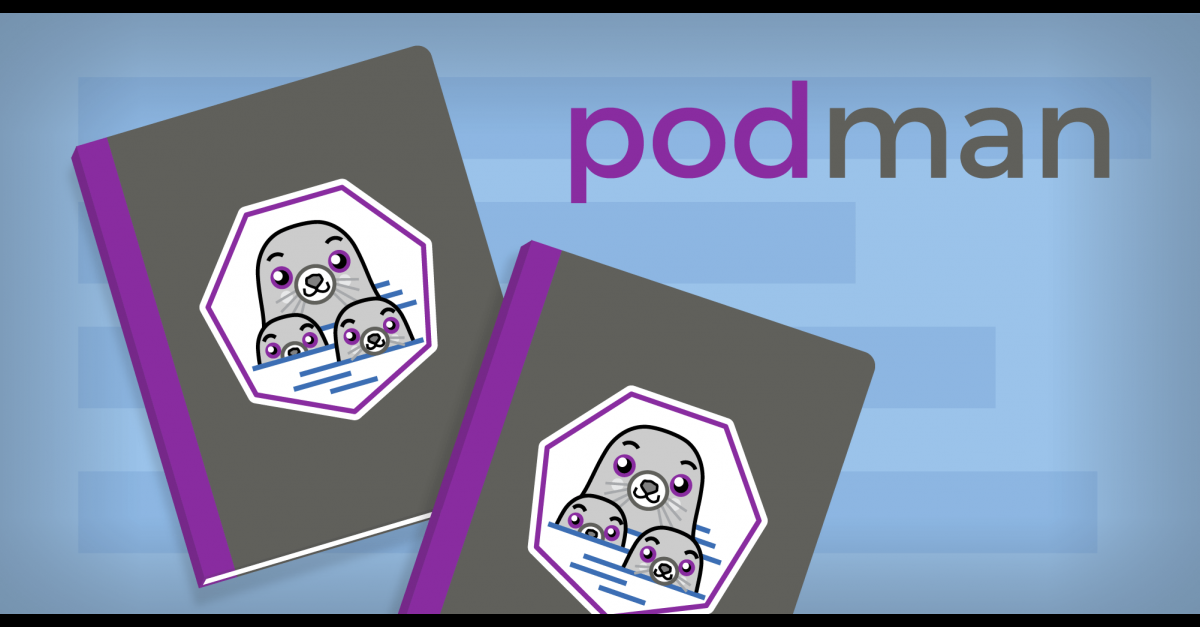
Podman is an excellent alternative to Docker containers when you need increased security, unique identifier (UID) separation using namespaces, and integration with systemd. In this article, I use
Writing a container in a few lines of Go code, as seen at DockerCon 2017 and on O'Reilly Safari - rewanthtammana/containers-from-scratch

Google Cloud buildpacks make it much easier and faster to build applications on top of containers.
Overview The Docker driver allows you to install Kubernetes into an existing Docker install. On Linux, this does not require virtualization to be enabled. Requirements Install Docker 18.09 or higher (20.10 or higher is recommended) amd64 or arm64 system. If using WSL complete these steps first Usage Start a cluster using the docker driver: minikube start --driver=docker To make docker the default driver: minikube config set driver docker Requirements Docker 20.10 or higher, see https://rootlesscontaine.rs/getting-started/docker/ Cgroup v2 delegation, see https://rootlesscontaine.rs/getting-started/common/cgroup2/ Kernel 5.11 or later (5.13 or later is recommended when SELinux is enabled), see https://rootlesscontaine.rs/how-it-works/overlayfs/ Usage Start a cluster using the rootless docker driver:

Learn how to set up a real-world, production-ready Kubernetes cluster using Amazon Elastic Kubernetes Service (Amazon EKS) and Terraform.
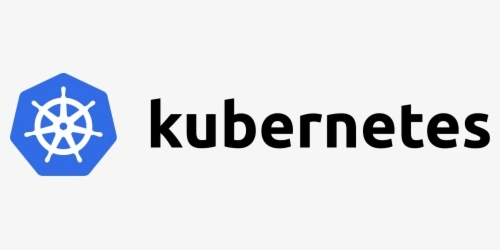
Have you ever wondered how companies like Facebook are able to serve applications to Billions of...